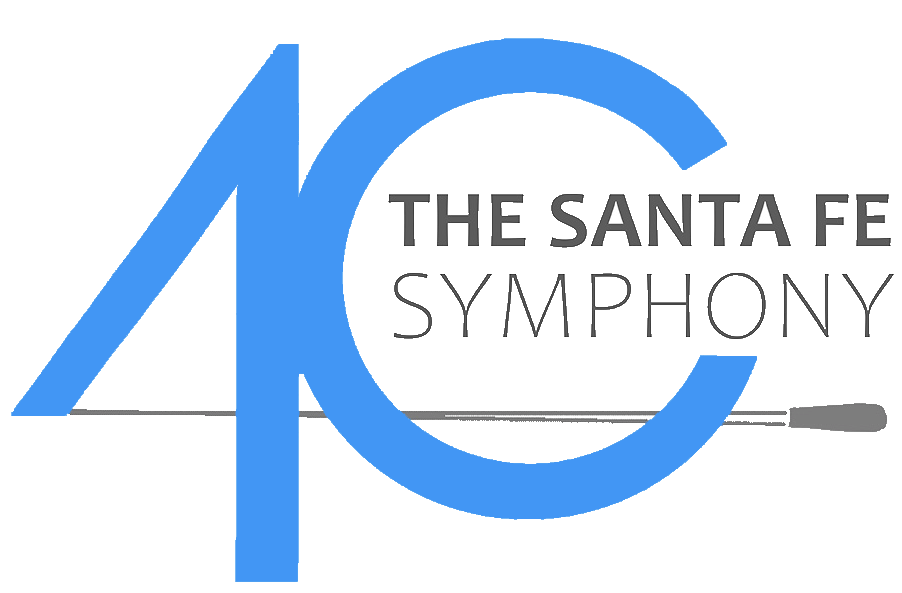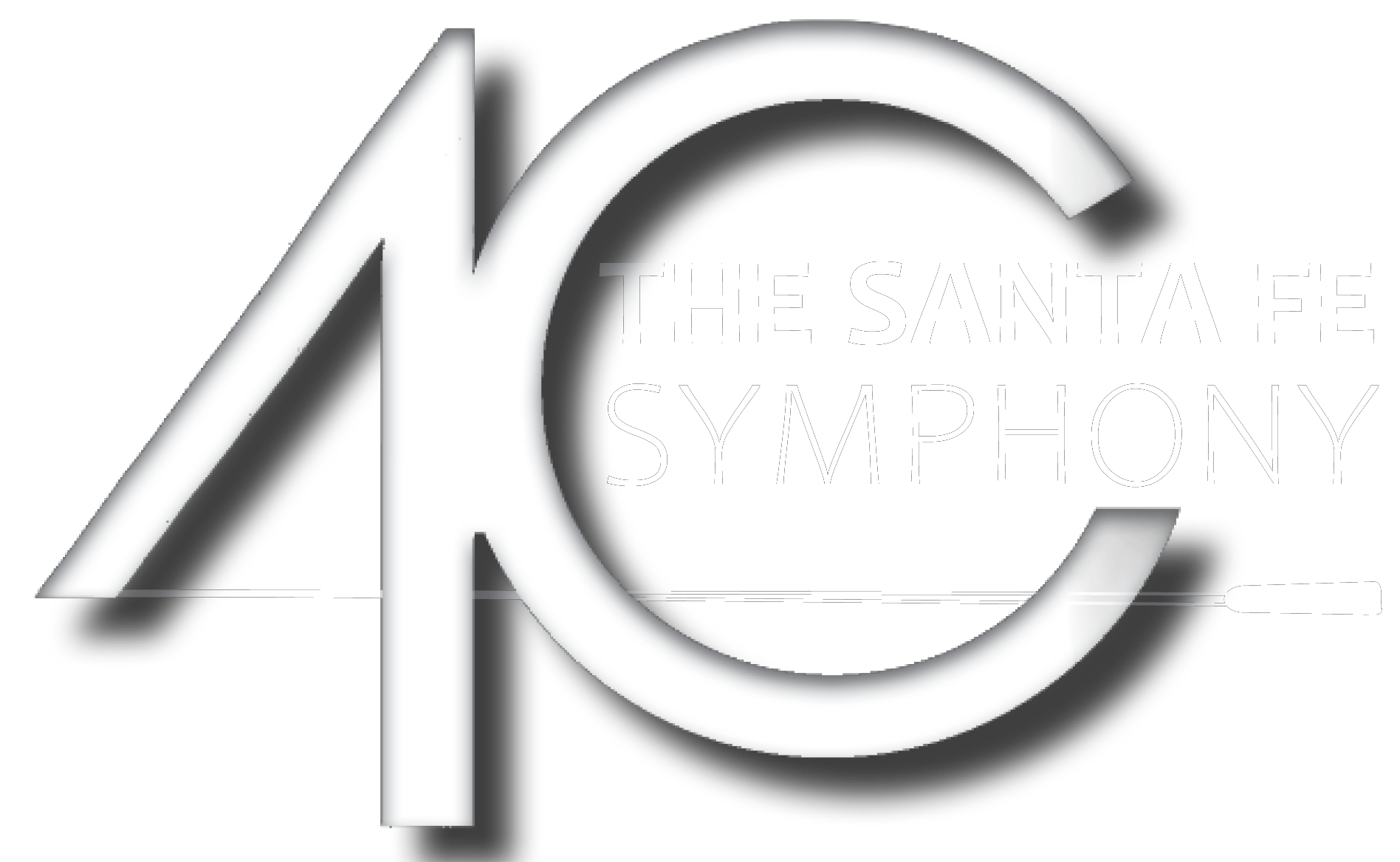Program Notes | Celebrating Stravinsky
Sinfonia Concertante in B-flat Major, op.84, K.364
FRANZ JOSEPH HAYDN
Born 1732, Rohrau, Austria
Died 1809, Vienna
Haydn wrote this wonderful music quickly in London during the winter of 1792. The sinfonia concertante is a concerto-like form, but with some important differences. It is for two or more soloists, who are more fully integrated into the orchestral texture than is the soloist in the standard concerto: The soloists in a sinfonia concertante emerge from the orchestral texture and return to it rather than carving out the independent identity of the soloist in a concerto. The mood is usually light, with the music somewhat in the manner of a divertimento.
Part of Haydn’s success here lies in his choice of the four solo instruments. He chooses a high and low string instrument (violin and cello) and a high and low wind (oboe and bassoon) and then combines and contrasts these quite different sonorities in endless ways. And throughout all three movements runs an atmosphere of spaciousness, elegance, and relaxation that has made this music an audience favorite for two centuries.
Music this agreeable needs little detailed comment. The entire piece takes its character from the orchestra’s genial opening melody, and the four soloists emerge gracefully from its texture; Haydn writes out an extended cadenza for them just before the close. In the Andante, Haydn virtually eliminates the orchestra: He dispenses with trumpets and timpani and has the strings play pizzicato or accompany unobtrusively. Essentially, this movement is chamber music for the four soloists with minimal accompaniment. With its firm beginning, the concluding Allegro con spirito promises more serious things, but soon Haydn is playing sly jokes. The violin has a very prominent role here: It interrupts things with a series of mock-serious recitatives that threaten to change the music’s course, but the violin is repeatedly swept up in the fun, and Haydn propels matters firmly to the good-natured close.
Symphony No. 38 in D Major, K.504 “Prague”
WOLFGANG AMADEUS MOZART
Born 1756, Salzburg
Died 1791, Vienna
Mozart was invited to visit Prague in January 1787 for the first performance of The Marriage of Figaro outside Vienna. It was assumed that a visiting musician would put on an academy of his own music, and on January 19 Mozart led the Prague musicians in a performance of a symphony he had written for the occasion―a symphony that would take the name of the city of its premiere.
This is an extraordinary symphony. It is in only three movements, and the first opens with something rare in a Mozart symphony―a slow introduction. Built on massive chords and uncertain tonality, this Adagio establishes a mood of expectant tension, and out of this uncertainty the Allegro bursts to sudden life. Mozart’s pulsing, syncopated main theme is unusual: It is not a lyric and self-contained idea, but a fusion of many bits of thematic material, all capable of symphonic growth. There is a melodic and flowing second idea, but Mozart banishes it entirely from the development and concentrates instead on the many possibilities of the opening subject. This is brilliant music, full of slashing energy and constant motion. Mozart rounds it off with a blazing coda that sends the violins into their highest writing in any of his symphonies.
After the explosion of the first movement, the Andante can seem an island of calm, but its singing themes and chromatic flow should not obscure the fact that this movement is in sonata form and that Mozart subjects these themes to rigorous development.
Strings announce the sparkling opening of the finale―marked Presto―and soon the melodic line is leaping brilliantly between winds and strings. Once again, the material is in sonata form, but in contrast to the furious drive of the opening movement, the finale is full of sunshine, and the “Prague” Symphony sails home in a great blast of energy.
Symphony of Psalms
IGOR STRAVINSKY
Born 1882, Oranienbaum, Russia
Died 1971, New York City
Stravinsky composed the Symphony of Psalms for the Boston Symphony Orchestra’s 50th anniversary in 1930. He turned to the Old Testament, taking excerpts from two Psalms (Nos. 39 and 40) and using one (No. 150) complete; the text is sung in Latin.
The title “symphony” may seem a strange one for what is essentially a choral work. Stravinsky explained, “I wanted to create an organic whole without conforming to the various models adopted by custom, but still retaining the periodic order by which the symphony is distinguished from the suite, the latter being simply a succession of pieces varying in character.”
Stravinsky made some unusual decisions about instrumentation. First, he eliminates violins, violas and clarinets from the orchestra, and the absence of the bright upper strings and the smooth sonority of clarinets helps intensify the music’s consciously “archaic” sound. Second, Stravinsky includes two pianos and a harp in the orchestra and uses them percussively―their “strikes” of sound give this music its characteristic pointilistic sonority.
Stravinsky’s initial musical idea was the repeated six-note sequence in the final movement, and he composed that section first, then wrote the opening movements. The first movement―which Stravinsky said was composed “in a state of religious and musical ebullience”―opens with recurrent cracks of sound generated by the two pianos. The chorus enters with its plea to be heard, and this movement―which functions as an intrada―drives to a soaring climax. The second movement is a complex double fugue, first on a spiky subject for winds, then for voices, and finally for combinations of them. The final movement opens with the chorus’ Alleluia, but instead of being festive, the phrase is somber, imbued with an almost funereal splendor. The original six-note cell pulses quietly, then explodes to life at the Laudate Dominum. Stravinsky said that this central episode, with its athletic brass galloping along brisk triplets, was inspired by a vision of Elijah’s chariot ascending into the heavens. Stravinsky noted that this “final hymn of praise must be thought of as issuing from the skies, and agitation is followed by the ‘calm of praise.’ ”
-Program Notes by Eric Bromberger

